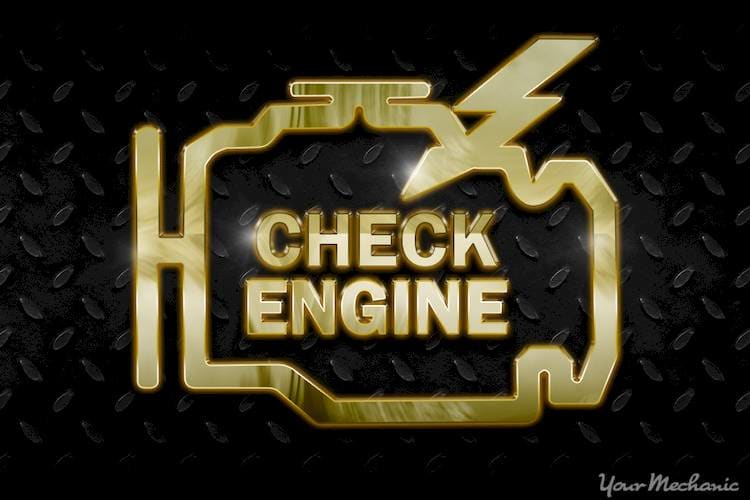P0138 code definition
O2 Sensor Circuit High Voltage (Bank 1, Sensor 2)
What the P0138 code means
P0138 is the OBD-II generic code indicating the O2 sensor for bank 1 sensor 2 fails to have a lower voltage output below 1.2 volts for more than 10 seconds indicating a lack of oxygen in the exhaust stream.
What causes the P0138 code?
The engine control module (ECM) sees the voltage of the O2 sensor for bank 1 sensor 2 above 1.2 volts when the ECM has commanded the fuel to a targeted lean condition on that bank of the engine.
The ECM detects the voltage high problem and turns on the Check Engine Light.
The ECM uses other O2 sensors to try and control the fuel injection with their values.
What are the symptoms of the P0138 code?
The engine may run lean during the testing of the sensor to correct the problem and may hesitate or misfire.
The Check Engine Light will be illuminated.
You may have engine running problems depending on failure cause of the rich condition.
How does a mechanic diagnose the P0138 code?
Scans codes and documents freeze frame data and then clears codes to verify failure.
Monitors O2 sensor data to see if the voltage is switching back and forth between low and high at a fast rate compared to other sensors.
Checks the O2 sensor wiring and the harness connections for any corrosion in the connections.
Checks the O2 sensor for any physical damage or fluid contamination.
Checks for exhaust leaks before the sensor.
Follows the manufacturer's specific pinpoint tests for further diagnosis.
Common mistakes when diagnosing the P0138 code
Follow these simple guidelines to prevent misdiagnosis:
O2 sensor 1 for bank 1 can be used to diagnose O2 sensor 2 for bank 1 by looking at both sensors operation for comparison. The operation should be nearly the same, except sensor 2 should have a lower O2 reading since the catalyst should burn off the excess fuel and oxygen.
Check the O2 sensor for oil or coolant contaminants from any engine leaks.
Check the catalyst for damage or it being clogged that can cause erratic sensor readings.
How serious is the P0138 code?
The voltage output from the O2 sensor may be due to the exhaust catalyst being broken apart, which can cause the O2 sensors to give high output voltages.
The ECM may not control the fuel-to-air ratio of the engine properly, leading to a clogged catalyst and excessive carbon buildup in the engine with fouled spark plugs.
What repairs can fix the P0138 code?
The high voltage condition from the O2 sensor is indicating a lack of oxygen in the exhaust or other related problems, such as a leaking fuel injector or a broken up catalyst inside.
Need help with a P0138 code?
YourMechanic offers certified mobile mechanics who will come to your home or office to diagnose and repair your vehicle. Get a quote and book an appointment online or speak to a service advisor at 1-800-701-6230.
Check Engine Light
P0138
No more waiting rooms! Our mechanics will come to you to diagnose and fix the P0138 code.





